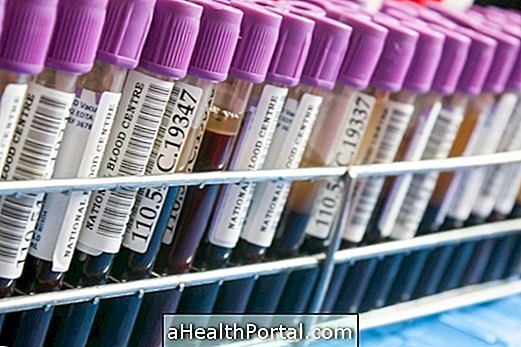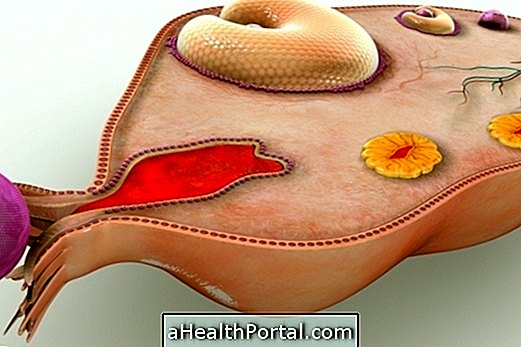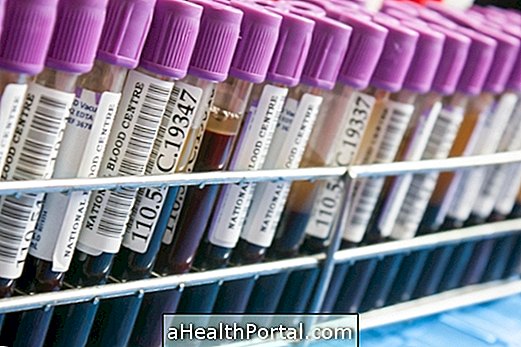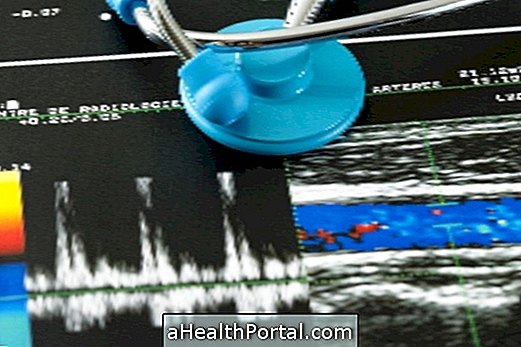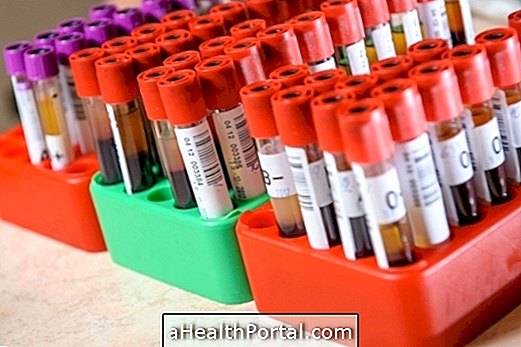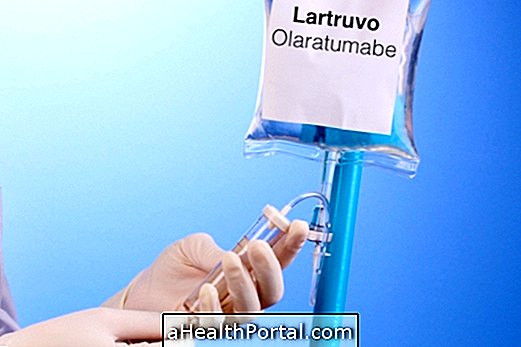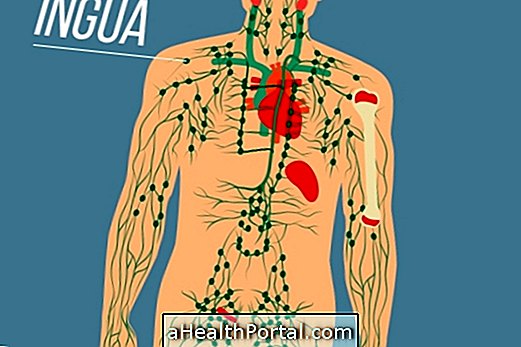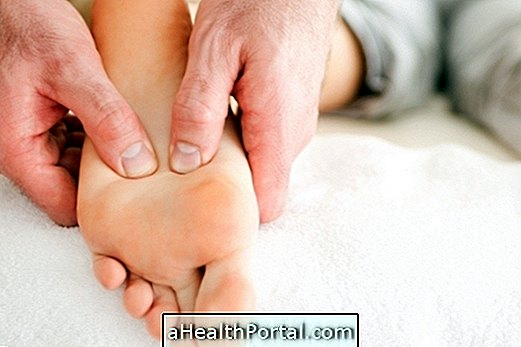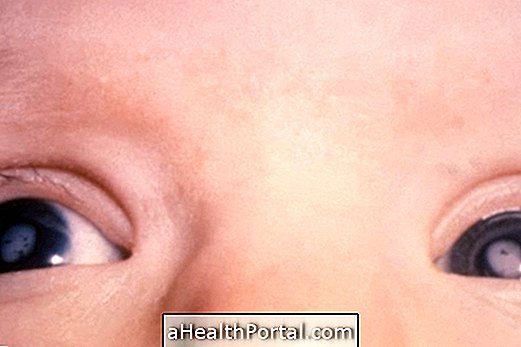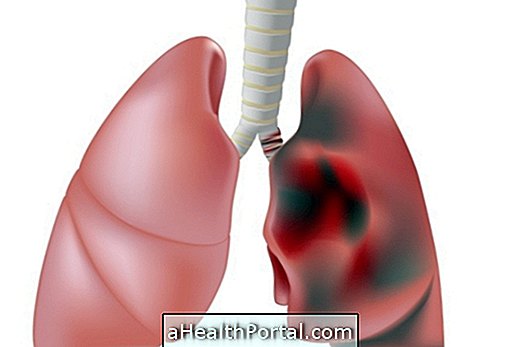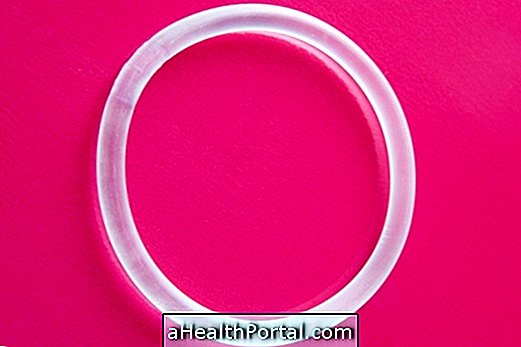Computed tomography (CT) scan is an imaging test that uses x-rays to generate body images that are processed by a computer, such as bones, organs, or tissues. This examination does not cause pain and anyone can perform it, however, pregnant women should preferably do other tests instead of CT scan, such as ultrasound or MRI, because radiation exposure is greater on CT.
CT can be performed with or without the use of contrast, which is a type of fluid that can be swallowed, injected into the vein, or inserted into the rectum during examination to facilitate visualization of certain parts of the body.
The price of computed tomography varies between R $ 200 and R $ 700, 00, however this examination is made available by the SUS, at no cost. Computed tomography should only be performed under medical supervision, as it involves exposure to radiation, which can be harmful to health when you do not have the proper guidance.
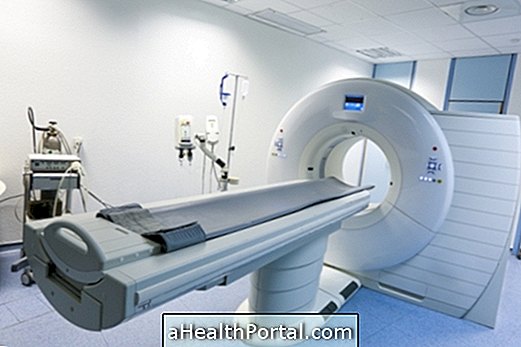
What is it for
Computed tomography is used to aid in the diagnosis of muscular and bone diseases, to identify the location of a tumor, infection or clot, and to detect and monitor diseases and injuries. The main types of CT scans are:
- Skull tomography: Indicated for investigation of traumas, infections, occurrence of hemorrhage, hydrocephalus, presence of aneurysms or nodules;
- Abdominal and pelvic tomography: Applied to evaluate the evolution of tumors and abscesses, as well as to verify the occurrence of appendicitis, lithiasis, renal malformation, pancreatitis, pseudocysts, liver lesions, cirrhosis and hemangioma.
- Upper and lower limb tomography: Used for muscle injuries, fractures, tumors and infections;
- Chest tomography: Indicated for investigation of infections, vascular diseases, tumor screening and evaluation of the evolution of tumors.
Typically, the CT scans of the skull, chest and abdomen are made with contrast for better visualization of the structures and the image formed is sharper. Computed tomography is usually not the first choice of diagnostic examination, since radiation is used to generate images. Most of the time the doctor recommends, depending on the location of the body, performing ultrasound or magnetic resonance imaging. Understand what magnetic resonance is for and how it is made.
Preparation for computed tomography
Before performing the CT scan, it is important to be fasted according to the doctor's advice, which can be from 4 to 6 hours, so that the contrast is better absorbed. In addition, it is important to discontinue the use of metformin, if used 24 hours before and 48 hours after the test, as there may be a reaction with contrast.
During the examination the person is lying on a table and enters a kind of tunnel, the tomograph, for 15 minutes. This exam does not hurt and does not cause distress, since the equipment is open.
Advantages and disadvantages of CT
Computed tomography is a widely used test to aid in the diagnosis of various diseases because it allows the evaluation of sections (parts) of the body, providing sharper images and promoting the differentiation of different tissues. Because it is a versatile examination, CT is considered the examination of choice for investigation of nodules or brain or lung tumors.
The disadvantage of CT scanning is that the test is done by means of the emission of radiation, the X-ray, which, although not present in large quantities, can have harmful effects on health when the person is constantly exposed to this type of radiation. In addition, depending on the purpose of the examination, the doctor may recommend that contrast may be used, which may have some risks according to the person, such as allergic reactions or toxic effects in the body. See the possible risks of contrast tests.
